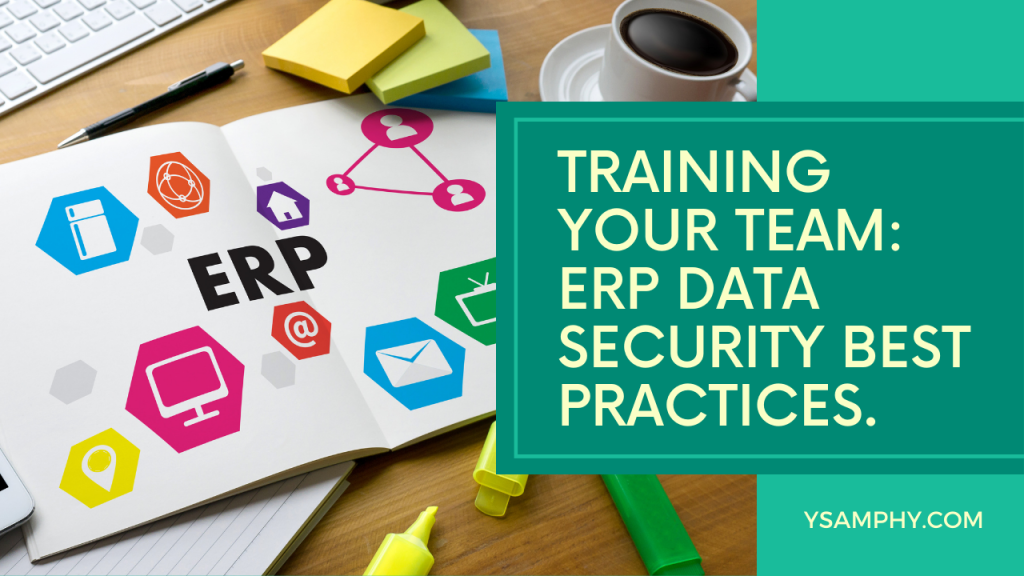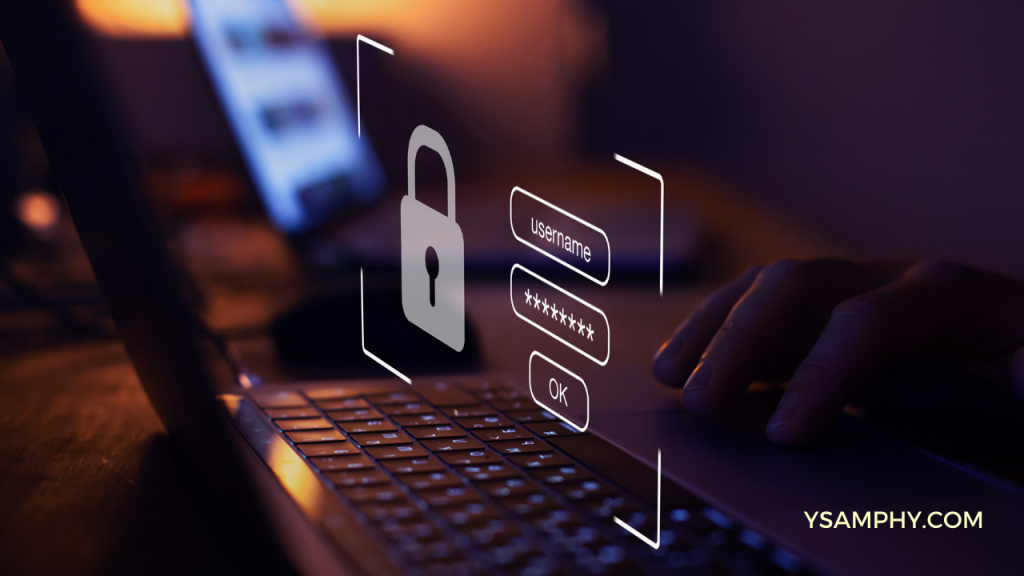These days, it’s not just major government and financial institutions that are finding themselves in the crosshairs of cybercriminals. Small and medium enterprises (SMEs) are also getting targeted by increasingly frequent cyber attacks. A recent report released by cybersecurity solution provider Guardz indicated that 57% of surveyed SMEs experienced a breach in 2023. Even more concerning is the fact that the real number may be higher, as not all businesses may be aware that they experienced an attack.
In digitally transforming companies, enterprise resource planning solutions have become a focal point in the fight against malicious actors. These systems create significant efficiency benefits and improve profitability by linking all of a business’s operations together. However, this interconnectivity requires more vigilance from stakeholders, as it can provide hackers with backdoors that could be exploited.

It’s one thing to train your employees in using ERPs to drive productivity. However, it’s clear that mitigating the risk of cybercrime should also be a priority. Here is some guidance on how you can empower employees to protect your ERP’s data:
1. Don’t Create a Culture of Blame
When social engineering breaches happen, many businesses will try to pin all the blame on a hapless employee. Though the individual may have fallen for the ruse, blaming them would be unfair if you did not equip them with the knowledge to spot it. Companies have a responsibility to keep every ERP user in the loop about likely cyber threats. In any case, blaming individuals for organizational lapses is not helpful to anyone.

2. Continuously Train Employees
New modes of attack are being developed all the time, which makes annual training inadequate. Commit to a range of approaches so that your team knows about current threats and how to respond to them should they ever encounter them. Whether it’s sending an email advising everyone on your team on the different types of cyber attacks or doing an online webinar on the same topic, educating employees on how to deal with such scenarios will help mitigate the risks associated with them.

3. Prioritize Cybersecurity Awareness at the Top
All too often, the top brass at organizations are unaware of the true state of cybercrime. They may know that attacks on SMEs are on the rise on an intellectual level, but they have not yet understood just how grave the threat really is. If this is the case, you will struggle to justify the expense and the man-hours needed to make your organization secure against malicious actors.
When you are making the case for employee training to executives, make it easy to understand and emphasize just how common data breaches are, as well as the amount of damage they can do. You will find plenty of evidence to support these claims by creating a well-researched presentation that outlines any relevant threats that can possibly undermine your operations.

4. Implement Password and MFA Security Training
Good access control practices such as strong password protection are fundamental to cybersecurity, especially in organization-wide systems like ERPs. Everyone who has to use an ERP system, from line employees to top executives, must know how to properly implement passwords and multi-factor authentication (MFA). Try to enact access protocols that maintain security without unduly impacting remote collaboration.
5. Teach Them to Recognize Human-centric Attacks
Phishing emails and other similar social engineering attacks rely on human vulnerabilities. For instance, hackers may contact individuals with spoof email addresses, with the hope that they did not check the details too closely. Once an employee responds or clicks on something they are not supposed to, hackers can use several tactics to gain credentials into the ERP.
With generative AI giving hackers a potent tool for creating large quantities of realistic personalized messages, educating employees has never been more important. Teach your employees to take a step back and think before they “help” anyone they don’t know.
6. Conduct Cyberattack Drills
This idea is very similar to a fire drill. Simulated attacks will provide you with actionable data on your team’s response, indicating processes that could be improved, later on. If you are building your cybersecurity posture from scratch, the initial drills will tell you which areas your employees need the most help with.
7. Have a Third-Party Audit Your ERP Security
Cybersecurity partners can remove the guesswork in shoring up your ERP’s security. While many focus on technological solutions, many also offer tailored risk assessments and training recommendations for employees. This expertise can be invaluable in creating a secure environment for your ERP system, particularly if your in-house cybersecurity capabilities are limited.
8. Update Your ERP System
Many businesses rely on outdated ERP systems that lack vendor support and updates, leaving them especially vulnerable to emerging security threats. Updating to a cloud ERP system can significantly improve your cyber defense posture over a locally-hosted legacy system since your provider will be focused on updating security.
These new solutions can also empower your employees. Current-generation cloud ERPs are designed to be user-friendly with unambiguous interfaces that vastly simplify security training. More importantly, these solutions often come with state-of-the-art security features and role-based access control that will give employees a better chance at preventing cyberattacks.
Employee Education Is a Cornerstone of Data Security
Even as malicious actors come up with new technology-based attacks, training your employees on basic data security best practices remains critical. Given that social engineering attacks remain a key method of accessing secure databases, businesses should not completely depend on their ERP’s built-in security features. Even with the sophistication of today’s security software, seriously investing in your employees is the only way you can build a truly credible deterrent against potential cyberattacks.

